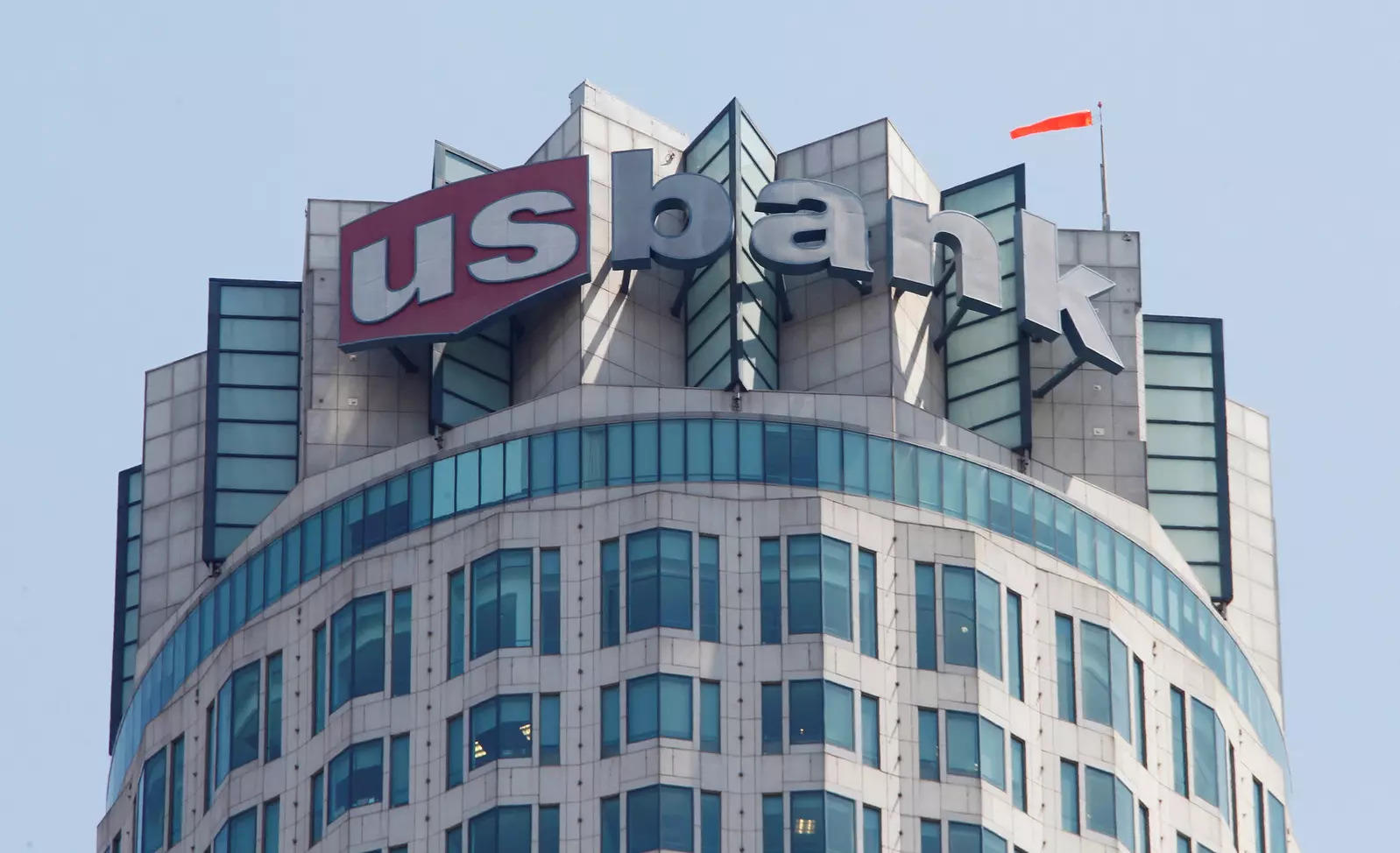Table of Contents
Introduction to the U.S. Banking Industry
The U.S. banking industry plays a pivotal role in the country’s economy. With a diverse range of financial institutions, including commercial banks, investment banks, credit unions, and digital-first fintech companies, the U.S. banking sector has been constantly evolving. The industry is impacted by a wide range of factors, including economic policies, technological innovations, regulatory changes, and consumer behavior. As of 2025, there have been several noteworthy developments in the U.S. banking landscape, affecting both traditional banks and newer fintech solutions.
In this article, we will explore the latest news and trends impacting U.S. banks in 2025, including regulatory updates, the rise of digital banking, fintech innovations, mergers and acquisitions, and shifts in consumer banking behavior.
Latest News on U.S. Banks
1. The Rise of Digital-Only Banks
One of the most significant trends in the U.S. banking sector is the rise of digital-only banks, often referred to as “neobanks.” These banks operate entirely online without physical branches, offering customers everything from checking and savings accounts to loans and investment opportunities through digital platforms.
Examples of prominent digital-only banks include Chime, SoFi, and Varo. These institutions are gaining popularity due to their user-friendly apps, low fees, and features like early direct deposit, cashback rewards, and budget management tools. In 2025, these digital-first banks are expected to continue expanding, especially among younger generations who prioritize convenience and tech-driven solutions.
2. Federal Reserve’s Interest Rate Adjustments Impacting Banks
The Federal Reserve has been closely monitoring economic conditions in 2025, making key adjustments to interest rates in response to inflation and economic growth. In the first quarter of 2025, the Fed raised interest rates to curb inflation, impacting consumer loans and savings rates across the U.S. banking system.
Banks have responded by increasing interest rates on savings accounts and certificates of deposit (CDs), offering more attractive returns to consumers. At the same time, the higher rates have resulted in increased borrowing costs for consumers and businesses, which could lead to slower economic growth in the coming months. This shift in interest rates is significant as it directly influences lending patterns and the profitability of banks.
3. Increased Focus on Cybersecurity
As more financial services move online, the risk of cyberattacks has become a growing concern for U.S. banks. In 2025, the banking industry is investing heavily in improving cybersecurity protocols to protect both customers’ financial data and the integrity of their platforms.
Major banks, including JPMorgan Chase, Bank of America, and Wells Fargo, have been enhancing their cybersecurity measures by implementing multi-factor authentication, using artificial intelligence (AI) for fraud detection, and investing in advanced encryption technologies. Given the rise in digital banking and the increasing sophistication of cybercriminals, wvpaper.com are facing greater pressure to safeguard their systems and reassure customers that their data is secure.
4. Mergers and Acquisitions in the Banking Sector
2025 has seen a surge in mergers and acquisitions (M&A) within the U.S. banking industry. Smaller regional banks are merging with larger institutions to increase their competitive edge and expand their reach. For example, Citigroup has acquired First Horizon, one of the largest regional banks in the Southeast, in a move aimed at consolidating its market share and expanding its presence in the region.
M&A activity is also driven by the rise of fintech competitors and the need for traditional banks to modernize their digital offerings. Banks are looking to integrate technology-driven solutions and streamline their operations to remain competitive in an increasingly digital-first financial environment.
5. Cryptocurrency and Banks: Regulatory Clarity in 2025
Cryptocurrency has been a hot topic in the U.S. financial world for years, and in 2025, regulatory clarity around digital assets is becoming more defined. The Securities and Exchange Commission (SEC) and the Commodity Futures Trading Commission (CFTC) have introduced new guidelines for financial institutions that wish to offer cryptocurrency trading and custodial services.
Traditional banks like Goldman Sachs and Morgan Stanley are expanding their cryptocurrency offerings, allowing clients to trade Bitcoin, Ethereum, and other digital currencies. In addition, JPMorgan Chase recently launched a blockchain-based settlement system to streamline cryptocurrency transactions. This increased regulatory clarity is expected to promote further innovation in the banking sector, with more financial institutions exploring the integration of cryptocurrencies into their service offerings.
6. Environmental, Social, and Governance (ESG) Initiatives
In 2025, U.S. banks are placing greater emphasis on environmental, social, and governance (ESG) initiatives, with many institutions making commitments to sustainability and responsible investing. Bank of America, Citigroup, and Wells Fargo are among the leading banks that have pledged to achieve net-zero carbon emissions by 2030, with a focus on sustainable finance.
These efforts are being driven by growing consumer demand for ethical banking products and increasing pressure from regulators to address climate change. Banks are offering green bonds, sustainable investment portfolios, and financing for renewable energy projects, positioning themselves as key players in promoting global sustainability.
Key Banking Trends in 2025
1. The Continued Growth of Fintech Integration
In 2025, fintech companies are continuing to shape the future of banking. Traditional banks are increasingly partnering with fintech startups to enhance their digital offerings. This collaboration allows established banks to integrate advanced technologies like AI, machine learning, and blockchain, while fintech companies benefit from the financial stability and customer base of traditional banks.
2. Personalized Banking Experiences
Banks are moving toward more personalized and tailored banking experiences for their customers. By leveraging data analytics and AI, banks can offer customized financial advice, personalized loan rates, and investment strategies based on individual customer profiles. This personalized approach is especially popular among millennials and Gen Z consumers who expect more from their financial institutions.
3. The Role of Open Banking
Open banking, which allows customers to share their financial data with third-party providers through secure APIs, is gaining traction in the U.S. By 2025, more banks are expected to adopt open banking initiatives, enabling customers to access a wider range of financial products and services from different providers, all within a single platform. This move is expected to increase competition and drive innovation in the industry.
4. The Shift Toward Cashless Payments
The move toward cashless payments continues to grow in the U.S., with digital wallets, contactless payments, and mobile banking becoming the norm. Banks are increasingly offering integrated payment solutions, allowing customers to make transactions via mobile apps, wearables, and even smart home devices. The push for a cashless society is being driven by convenience, security, and the growing use of digital currencies.
Conclusion
The U.S. banking sector in 2025 is characterized by rapid technological advancements, increasing competition from fintech, evolving regulatory landscapes, and a strong emphasis on sustainability and security. As digital-only banks continue to gain popularity, traditional institutions are adapting by embracing new technologies and expanding their digital offerings.
At the same time, global economic factors such as rising interest rates, the growing focus on cybersecurity, and increased mergers and acquisitions are shaping the future of banking. In this dynamic environment, U.S. banks are striving to balance innovation with customer trust and regulatory compliance, positioning themselves to meet the needs of a rapidly changing financial landscape.









